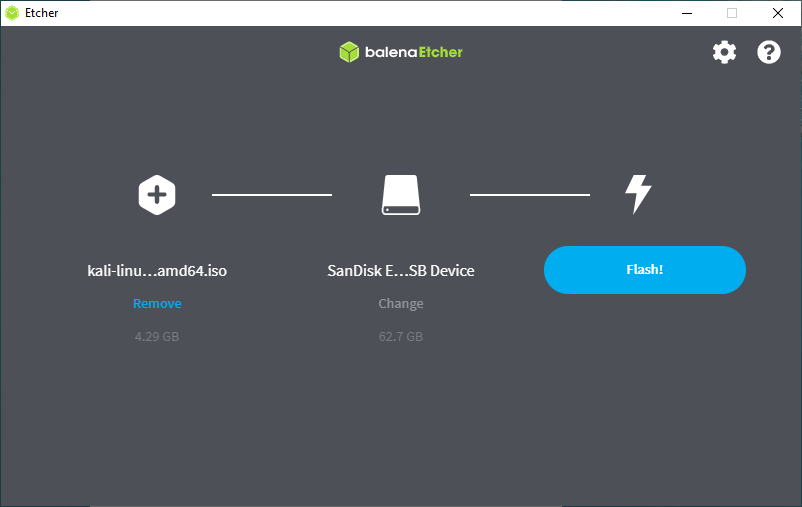

- #Installing kali linux usb portable
- #Installing kali linux usb iso
- #Installing kali linux usb windows
We can also use the size flag here to get an approximate timer. dd if= of=/dev/sdb bs=4M status=progressĪnother option is to use pv. To do this, we simply add the status flag. This is only available on newer systems however. The first option is dd with a status indicator. Once dd has finished imaging the drive, it will output something that looks like this: 5823+1 records inģ053371392 bytes (3.1 GB) copied, 746.211 s, 4.1 MB/sĬreating a Bootable Kali USB Drive on Linux (DD with status)Īlternatively there are a few other options available for imaging.

The time to dd the image across will depend on the speed of the system used, USB drive itself, and USB port it’s inserted into. The dd command provides no feedback until it’s completed, but if your drive has an access indicator, you’ll probably see it flickering from time to time. Imaging the USB drive can take a good amount of time, over ten minutes or more is not unusual, as the sample output below shows. The recommended value, “bs=4M”, is conservative and reliable. The blocksize parameter can be increased, and while it may speed up the operation of the dd command, it can occasionally produce unbootable USB drives, depending on your system and a lot of different factors.
#Installing kali linux usb iso
The example command below assumes that the ISO image you’re writing is named “” and is in your current working directory. Proceed to (carefully!) image the Kali ISO file on the USB device. Now, the output will look something (again, not exactly) like this, showing an additional device which wasn’t there previously, in this example “/dev/sdb”, a 16GB USB drive:ģ. Now, plug your USB drive into an available USB port on your system, and run the same command, “sudo fdisk -l” a second time. You’ll get output that will look something ( not exactly) like this, showing a single drive - “/dev/sda” - containing three partitions (/dev/sda1, /dev/sda2, and /dev/sda5):Ģ. Without the USB drive inserted into a port, execute the command sudo fdisk -l at a command prompt in a terminal window (if you don’t use elevated privileges with fdisk, you won’t get any output). First, you’ll need to identify the device path to use to write the image to your USB drive.Double-check what you’re doing before you do it, it’ll be too late afterwards. WARNING: Although the process of imaging Kali Linux onto a USB drive is very easy, you can just as easily overwrite a disk drive you didn’t intend to with dd if you do not understand what you are doing, or if you specify an incorrect output path. Note that the USB drive will have a path similar to /dev/sdb.
#Installing kali linux usb windows
If you would prefer to use Etcher, then follow the same directions as a Windows user. The following example assumes a Linux Mint 17.1 desktop - depending on the distro you’re using, a few specifics may vary slightly, but the general idea should be very similar. Note that you’ll need to be running as root, or to execute the dd command with sudo. Once you’ve downloaded and verified your Kali ISO file, you can use the dd command to copy it over to your USB drive using the following procedure. Creating a Bootable Kali USB Drive on Linux (DD)Ĭreating a bootable Kali Linux USB drive in a Linux environment is easy. The specifics of this procedure will vary depending on whether you’re doing it on a Windows, Linux, or macOS/OS X system. (Systems with a direct SD card slot can use an SD card with similar capacity.

If you’re running under Linux, you can use the dd command, which is pre-installed, or use Etcher.Ī USB thumb drive, 4GB or larger. What You’ll NeedĪ verified copy of the appropriate ISO image of the latest Kali build image for the system you’ll be running it on: see the details on downloading official Kali Linux images. In order to do this, we first need to create a bootable USB drive which has been set up from an ISO image of Kali Linux.
#Installing kali linux usb portable



 0 kommentar(er)
0 kommentar(er)
